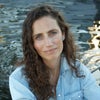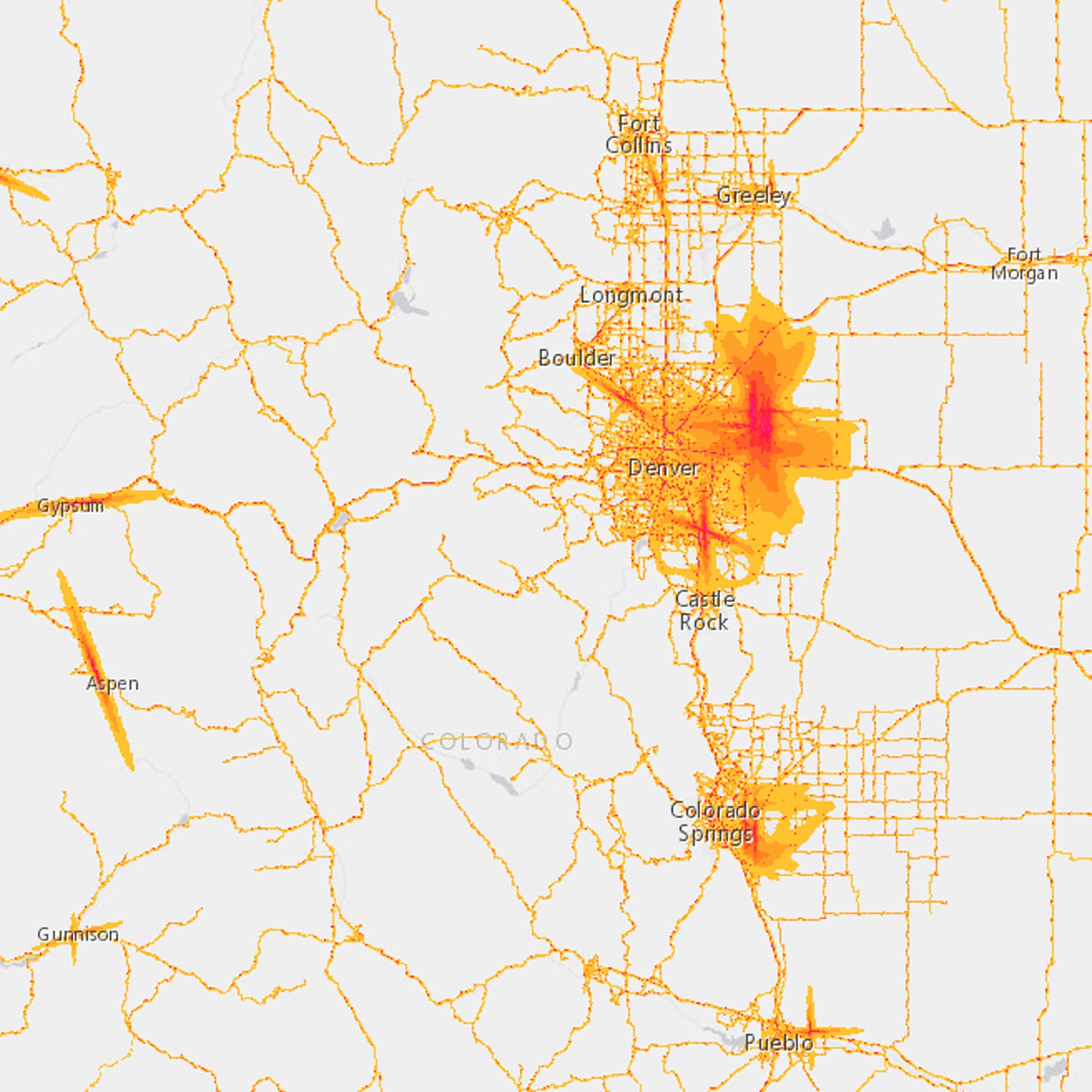After years of recording natural and human-generated noises across the country, the National Park Service has developed a way to help you find silence. A new set of tools makes it clear how pervasive human sounds are and make it easier to locate the spots that are free from it.
The Park Service’s research has been a boon for traffic engineers and conservation biologists. In March, the U.S. Department of Transportation released the first-ever national transportation , based on its work with the Park Service. In building the map, the DOT found that 97 percent of people in the United States are regularly exposed to 50 decibels of sound—the equivalent of a humming fridge—from flight paths and roads. That may not sound like much, but even a little noise can have a big impact; one study published in the European Heart Journal showed participants’ heart rate increased after being exposed to just .
In 2014, after collecting data from tracking natural and anthropogenic sounds across the United States, the Park Service published a multilayered model based on its findings. The data, which has been available and for use in research and trip planning since 2015, was ultra-accurate—to within three decibels—and allowed researchers develop a baseline for background noise levels, making it easier to detect changes in noise levels stemming from human activity.
Looking at Park Service maps that distinguish natural from anthropogenic sounds, researchers have since identified patterns in the way sounds from transportation, development, and resource extraction can affect wildlife. A study published in May 2017 in Science found that of all U.S. protected lands are exposed to noise that can disrupt animal behavior and interfere with the experience of human visitors. Scientists have also reported that under noisy conditions, were less likely to fly away when a human approached them. Other researchers observed that noise from roads heightened the response time of , reducing their opportunity to forage.
Even if you’re not a tenured zoologist, the map can be extremely helpful to find the quietest places in the country. Some places, like the Great Sand Dunes in Colorado and Washington’s Wenatchee National Forest, have less than 20 decibels of background noise. But different landscapes carry sound differently, and finding quiet isn’t as straightforward as just getting away from crowded cities. Silence, like sound, is a spatial phenomenon—it changes based on topography and temperature, travels over roads, and bounces off mountains. Wetter zones are noisier due to more animal traffic and because humidity increases sound transmission. In remote, roadless areas of Alaska, you might still hear planes overhead 20 times a day if you’re close to a seaplane route used for basic services. Midday in Great Basin, when living things take cover, there’s almost no ambient noise, but there’s also nothing to muffle it, so sound waves travel farther, and noises can be heard from a greater distance away.
With the Park Service map, it’s possible for travelers to sift through layered maps before planning a trip to figure out what kind of quiet they’re looking for. “Absolute quiet isn’t always the goal, since some natural sounds can be quite loud, like waterfalls,” says Emma Brown, an acoustic resource specialist with the National Park Service who worked on the project. “In a riparian area, if you experience silence, something is probably wrong, because these areas are often rich in bioacoustic activity.”
Noise affects us physically as well as mentally. Quantifying noise and silence might seem like a finicky way to figure out where to go, but just like unbroken views or other parts of the natural world we seek out, it is directly tied to our sense of well-being. As silent places become fewer and farther between, it’s crucial to have a map to show us where we can find them.


